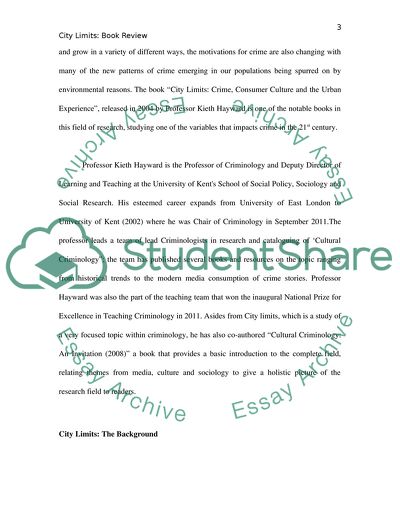Cite this document
(City Limits: Crime, Consumer Culture and the Urban Experience Literature review, n.d.)
City Limits: Crime, Consumer Culture and the Urban Experience Literature review. Retrieved from https://studentshare.org/sociology/1837603-how-does-hayward-integrate-crime-into-the-urban-experience
City Limits: Crime, Consumer Culture and the Urban Experience Literature review. Retrieved from https://studentshare.org/sociology/1837603-how-does-hayward-integrate-crime-into-the-urban-experience
(City Limits: Crime, Consumer Culture and the Urban Experience Literature Review)
City Limits: Crime, Consumer Culture and the Urban Experience Literature Review. https://studentshare.org/sociology/1837603-how-does-hayward-integrate-crime-into-the-urban-experience.
City Limits: Crime, Consumer Culture and the Urban Experience Literature Review. https://studentshare.org/sociology/1837603-how-does-hayward-integrate-crime-into-the-urban-experience.
“City Limits: Crime, Consumer Culture and the Urban Experience Literature Review”, n.d. https://studentshare.org/sociology/1837603-how-does-hayward-integrate-crime-into-the-urban-experience.


